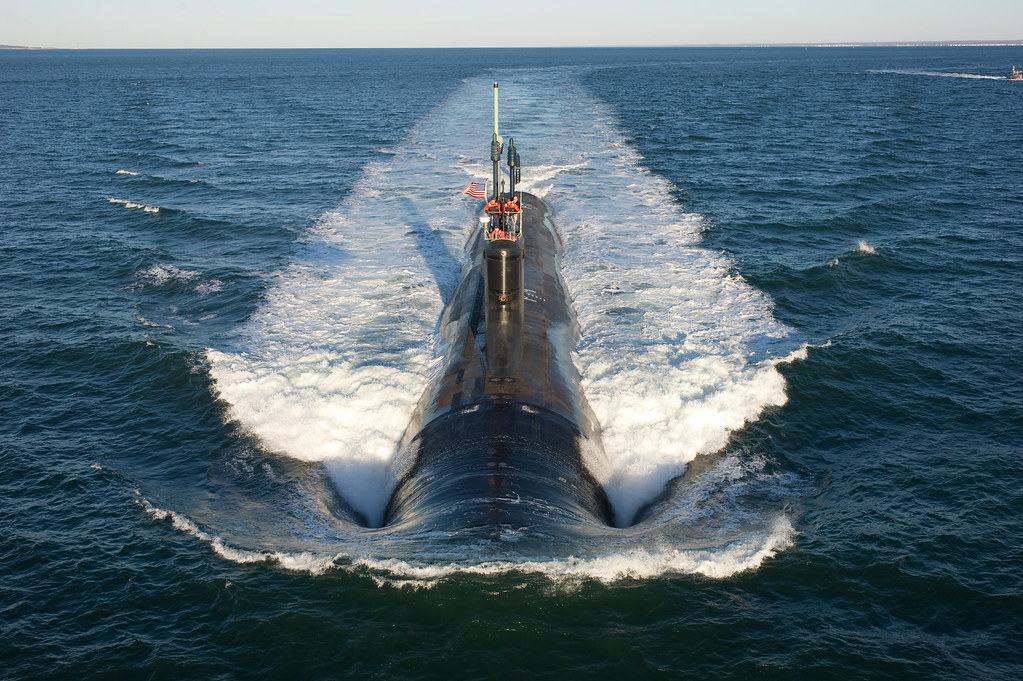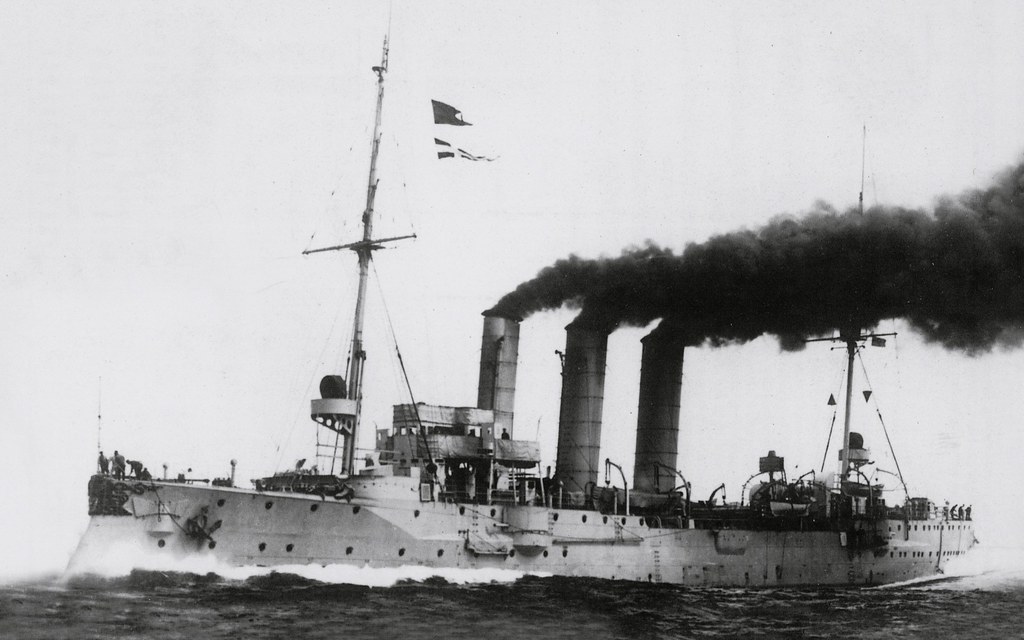
The concept of sub-carriers, merging the elusive nature of submarines with the tactical advantage of an aircraft carrier, has long been a topic of fascination within military circles. The latest advancements in drone technology bring this innovative idea closer to reality, signaling a potential paradigm shift in naval warfare.

During recent years, the U.S. Navy has tested the feasibility of launching unmanned aerial vehicles (UAVs) from submarines, an effort that could enhance the stealth and survivability of naval forces in contested environments. Notably, the U.S. Navy’s tests involving the Sea Robin and Blackwing UAVs have demonstrated significant progress in this area.

The Sea Robin was successfully launched from a submarine’s torpedo tube in 2013, and by 2016, the Navy was working on deploying Blackwing spy drones in a similar fashion.

In an ambitious leap, envisioning the sub-carrier with an elevator and flight deck for unmanned combat vehicles, these platforms could potentially allow submarines to penetrate contested seas with unprecedented discretion.

As defense expert Robert Farley suggests, “A submarine platform for launching drones would stand a better chance of surviving in hostile, anti-access environments,” an advantage traditional aircraft carriers, despite their speed and mobility, can’t match.

Farley’s comments resonate with historical incidents that underscore the vulnerability of sizeable naval vessels. A stark reminder of this came on March 21, 1984, when the USS Kitty Hawk, a colossal 80,000-ton aircraft carrier, collided with the Soviet Victor-class attack submarine K-314 in the Sea of Japan.

The incident, happening amid heightened Cold War tensions, resulted in only minor damage to the Kitty Hawk but left the K-314 incapacitated and in need of assistance.

Such encounters between submarines and surface vessels have been a staple of naval strategy for decades, with both sides engaging in a high-stakes game of surveillance and intelligence gathering. The collision involving the USS Kitty Hawk is but one example in a series of underwater encounters that could have led to catastrophes, especially considering both vessels likely carried nuclear armaments.

The advent of sub-carriers might mitigate the risk of such direct confrontations by enabling more discreet operations. Israel’s recent success with the Ninox 103, a submarine-launched reconnaissance drone, highlights the ongoing interest and potential of this technology.

The Ninox 103 leverages artificial intelligence to operate autonomously and communicate with ground troops, all while being launched undetected from beneath the waves.

Furthermore, the concept extends beyond reconnaissance. Drones could assist in torpedo targeting, providing real-time data on enemy ship movements back to the sub-carrier, enhancing precision in combat situations. Additionally, these UAVs could significantly benefit Navy SEAL operations, potentially acting as spotters to clear paths and gather intelligence for inserted teams.

The historical context provided by these submarine and carrier developments sheds light on the continuing evolution of naval warfare. The allure of merging the stealth capabilities of a submarine with the tactical edge provided by an aircraft is not new.

Both World War I and II saw nascent attempts at combining the two, like the German U-Boat SM U-12 and the Japanese I-400-class submarines, which harbored a vision that has influenced modern military strategists.

As the world’s navies seek ways to adapt to the ever-changing landscape of war, the sub-carrier stands as a testament to the ingenious, though sometimes precarious, blend of technology and strategy.

With the continuing development of UAV technology and the U.S. Navy’s dedicated research, the future of naval warfare might just rest beneath the waves, with stealth sub-carriers at the forefront of this aquatic revolution.
Relevant articles:
– The Sub-Carrier: Merge Together An Aircraft Carrier and Submarine, The National Interest
– 80,000-Ton US Aircraft Carrier Collides With Russian Submarine – Recalling ‘Scary Accident’ Between Two Nuclear Warships, eurasiantimes.com
– The SubCarrier: Can the Navy Merge An Aircraft Carrier and Submarine?, The National Interest
– How Carrier Battle Groups Work, HowStuffWorks

